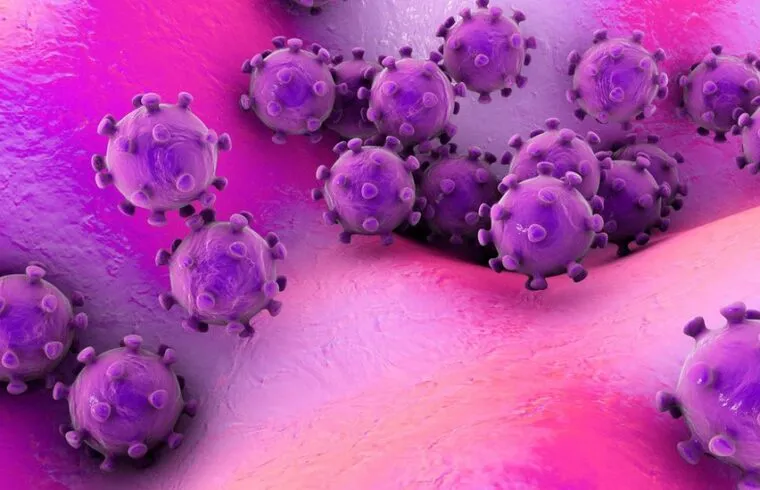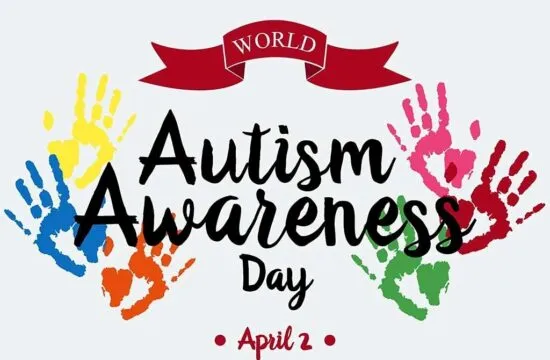📍Beijing | June 7, 2025
A team of international scientists has sounded the alarm over a newly discovered virus in bats in China that may be on the verge of becoming a threat to humans. The virus, dubbed HKU5-CoV-2, shares significant similarities with MERS-CoV—a highly fatal virus that originated in the Middle East in 2012.
🔬 What Is HKU5-CoV-2?
The virus belongs to the coronavirus family, the same group of pathogens that caused the COVID-19 and MERS outbreaks. What makes HKU5-CoV-2 particularly concerning is its ability to infect human cells in laboratory conditions, despite no confirmed human cases as of now.
According to a study published by American and Chinese virologists, the virus can attach to human cells through ACE2 receptors if a single mutation occurs in its spike protein — a trait it shares with earlier pandemic strains.
⚠️ Why Scientists Are Worried
- 🧬 Genetic Makeup: The virus already has around 90% structural similarity with MERS-CoV.
- 🔬 Spike Protein Concern: A small change in the spike protein’s amino acid sequence could allow direct human-to-human transmission.
- 🌡️ Environmental Suitability: The virus thrives in humid and wet climates, increasing the likelihood of cross-species transmission in regions with wildlife markets and dense populations.
Dr. Michael Letko, virologist at Washington State University, said:
“This virus is just a small mutation away from potentially sparking another outbreak.”
📉 Current Risk Level
At present:
- ✅ No confirmed human cases have been detected.
- ✅ No evidence of animal-to-human transmission outside controlled lab settings.
- ❌ However, the virus is capable of replicating in human lung cells, suggesting a potential for future spillover.
🏥 Lessons from the Past
The COVID-19 pandemic began in a similar fashion — with a coronavirus strain jumping from bats to humans, possibly via an intermediary animal. Public health experts emphasize the need to act early, rather than repeat mistakes from 2019.
🛡️ What’s Being Done
🧪 Surveillance and Research:
- Chinese and U.S. researchers are now conducting risk assessments and lab simulations to understand the virus’s adaptability.
- Global health bodies including the WHO have been notified.
🛑 Precautionary Steps:
- Monitoring bat populations in Asia.
- Enhancing border biosecurity.
- Planning rapid response protocols.
🌐 The Global Response
The WHO has not yet declared it a virus of concern but is “closely watching the situation.” International pandemic watch groups are urging governments to increase funding for virus surveillance, especially in wildlife-rich and high-risk zones in Asia and Africa.
🔮 What Happens Next?
If the virus mutates naturally or via recombination in another host species (like camels, pigs, or civets), it could potentially:
- Lead to localized outbreaks, especially in rural regions.
- Mutate to enable airborne or droplet transmission.
- Require new vaccines or antiviral research.
🧠 Final Word
“Viruses like HKU5-CoV-2 are nature’s warning signs. Whether it becomes a global threat depends on how we act before it crosses the species barrier,” said Dr. Letko.
The world has learned hard lessons from COVID-19. This discovery serves as a crucial reminder: the next pandemic may already be brewing in the shadows.










